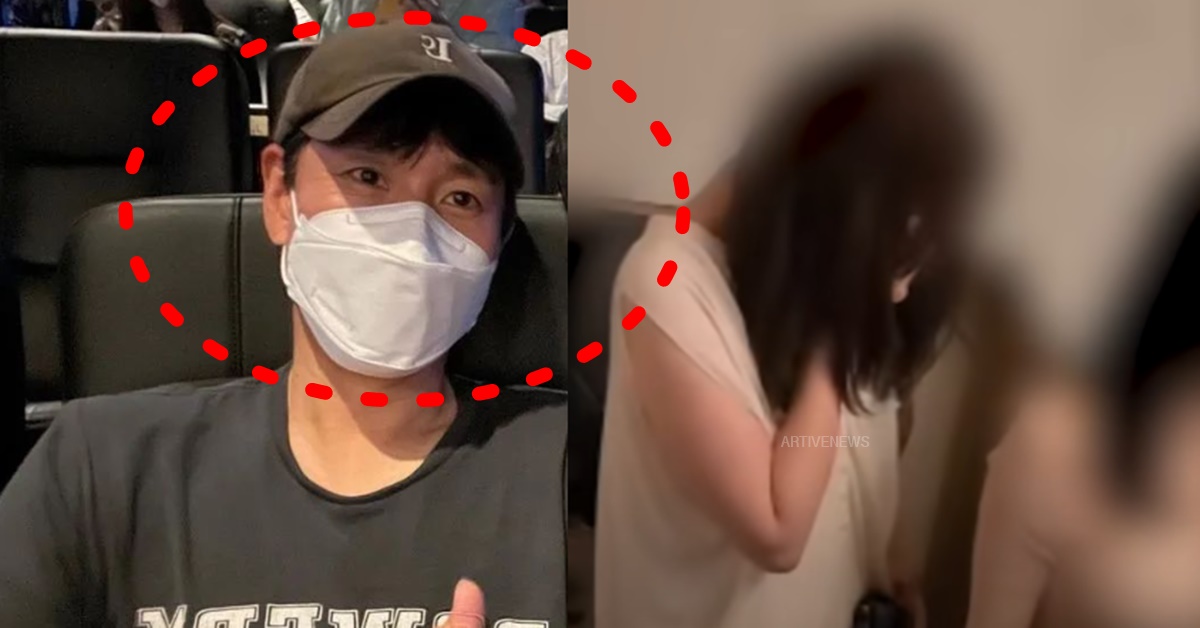Wine Tasting
페이지 정보
작성자 Waldo 작성일24-11-24 14:09 조회4회 댓글0건관련링크
본문

Wine Tasting
Why is wine tasting fun?
Wine tasting is a delightful experience for a quantity of reasons:
- Exploration of Flavors: Tasting totally different wines allows people to explore a variety of flavors, aromas, and textures, each unique to its origin.
- Social Experience: Wine tasting is usually a social event that brings people together, 하이오피주소 making it a enjoyable way to join with friends or meet new individuals.
- Education: Participants be taught about the wine-making process, grape varieties, and regional characteristics, enhancing their appreciation for the beverage.
- Pairing Opportunities: Tasting wines alongside complementary foods can heighten the flavors and create a more enriching expertise.
- Sensory Engagement: Engaging all senses—sight, scent, style, and even touch—creates a dynamic and memorable expertise.
Ultimately, wine tasting combines enjoyment, studying, and social interplay, making it a charming activity for lovers and novices alike.
Is wine tasting a skill?
Wine tasting is indeed a talent, one that may be developed and refined over time. It goes beyond merely sipping wine; it involves a deep understanding of varied elements corresponding to aromas, flavors, and the overall experience of wine.
The Components of Wine Tasting Skill
Several key elements contribute to the talent of wine tasting:
- Smell: A good portion of style comes from aroma. Trained tasters can identify completely different scents that influence the flavor profile.
- Taste: Beyond simply figuring out flavors, expert tasters can discern the steadiness of acidity, sweetness, bitterness, and different taste parts.
- Knowledge: Understanding grape varieties, areas, and winemaking strategies enhances the tasting expertise and permits for more knowledgeable judgments.
- Experience: Regular tasting helps develop palate recognition, making it simpler to identify particular nuances in wines.
Why Practice Matters
Like any talent, the extra one practices wine tasting, the higher they turn out to be. Participants in wine tastings study to articulate their thoughts and experiences, which may tremendously enhance their analytical abilities in evaluating completely different wines.
In conclusion, while anybody can take pleasure in wine, mastering the art of wine tasting is a skill that requires dedication and follow.
What is the tasting process?
The tasting process of wine involves a systematic method to evaluate its qualities, including look, aroma, style, and end. Here is a breakdown of the process:
1. Look
Begin by analyzing the wine's look:
- Color: Observe the colour, which can give clues in regards to the grape variety and age.
- Clarity: Check for readability and brilliance, indicating the wine’s high quality.
- Viscosity: Swirl the wine and note the tears or legs that kind on the aspect of the glass.
2. Smell
The aroma is important for identifying the wine’s profile:
- Initial Scent: Take a second to scent the wine before swirling it.
- Aeration: Swirl the wine gently to release its aromas, then take a deep sniff.
- Aroma Levels: Identify the different notes—fruity, floral, herbal, or oaky.
3. Taste
Now it's time to style the wine:
- First Sip: Take a small sip and let it sit in your palate.
- Structure: Evaluate the stability of acidity, sweetness, and tannins.
- Flavor Profile: Notice the flavors and complexity, figuring out specific fruit, spice, or other notes.
4. Finish
Finally, assess the end:
- Length: Determine how long the flavors linger after swallowing.
- Aftertaste: Note whether the aftertaste is nice and what flavors remain.
By following these steps, wine enthusiasts can recognize the assorted attributes of each wine, enhancing their overall tasting experience.

댓글목록
등록된 댓글이 없습니다.

